Yoga is an ancient practice that has been used for centuries to improve physical and mental health. While yoga is not a cure for all, it can be a helpful tool for managing irregular periods and menstrual pain.
In this article, we will discuss the benefits of yoga for menstrual health and explore some specific poses that may be helpful. We will also provide some additional tips for using yoga to manage your menstrual cycle.
Benefits of Yoga for Menstrual Health
- Reduced Menstrual Pain: Yoga poses like Child’s Pose and Bound Angle Pose help to stretch and relax the pelvic area, easing cramps and tension.
- Improved Circulation: Yoga’s gentle movements enhance blood flow to the pelvic region, promoting oxygen supply to the reproductive organs and alleviating discomfort.
- Stress Reduction: Yoga’s focus on mindfulness and breathing techniques helps to reduce stress, anxiety, and mood swings, often associated with PMS and irregular periods.
- Hormonal Balance: Yoga’s calming effect on the nervous system may help regulate hormonal fluctuations, contributing to a more balanced menstrual cycle.
- Sleep Enhancement: Yoga’s ability to promote relaxation and stress reduction can improve sleep quality, which in turn positively impacts menstrual health.
Yoga Poses for Irregular Periods and Menstrual Pain
Here are five yoga poses that may be helpful for managing irregular periods and menstrual pain:
Matsyasana (Fish Pose)
- This pose helps to open the chest, throat, and abdomen, which can promote relaxation and reduce stress. It also helps to stimulate the ovaries and uterus, which may help to regulate hormones.
- To do this pose, lie on your back with your legs extended. Place your elbows under your hips with your forearms on the floor. Lift your chest up off the floor, keeping your hips and thighs on the ground.
- Hold for 5-10 breaths.
Balasana (Child’s Pose)
- This pose is a calming and restorative pose that can help to relieve stress and anxiety. It also gently massages the abdominal organs, which may help to reduce cramps.
- To do this pose, start on your hands and knees with your knees hip-width apart and your toes tucked under. Fold forward, resting your forehead on the floor.
- Relax your arms alongside your body or rest them forward.
- Hold for 5-10 breaths.
Baddha Konasana (Bound Angle Pose)
- This pose helps to open the hips and inner thighs, which can help to relieve tension in the pelvic area. It also promotes relaxation and reduces stress.
- To do this pose, sit on the floor with your legs extended in front of you. Bend your knees and bring the soles of your feet together.
- Relax your hips and thighs, letting your knees fall open.
- Hold for 5-10 breaths.
Uttanasana (Standing Forward Fold Pose)
- This pose helps to stretch the hamstrings, back, and neck, which can help to relieve cramps. It also improves circulation, which may help to reduce bloating.
- To do this pose, stand with your feet hip-width apart. Hinge at your hips, folding forward from the waist.
- Place your hands on the floor, alongside your feet, or rest your elbows on your knees.
- Hold for 5-10 breaths.
Adho Mukha Svanasana (Downward-Facing Dog Pose)
- This pose helps to stretch the hamstrings, calves, and spine, which can help to relieve cramps. It also improves circulation and energy levels.
- To do this pose, start on your hands and knees with your knees hip-width apart and your toes tucked under.
- Lift your hips up and back, forming an inverted V-shape with your body.
- Keep your heels grounded or lower them towards the floor if your hamstrings are tight.
- Hold for 5-10 breaths.
Additional Tips for Using Yoga for Menstrual Health
Practice Yoga Regularly
Consistency is key to reaping the full benefits of yoga for menstrual health. Regular practice allows your body to adapt to the postures and develop a deeper understanding of the mind-body connection. Aim for at least 2-3 yoga sessions per week, incorporating a combination of restorative and dynamic poses.
Listen to Your Body
Yoga emphasizes honoring your body’s signals and respecting its limitations. During your menstrual cycle, especially during heavy flow days or times of discomfort, listen to your body and modify poses as needed. Avoid pushing yourself too hard, and opt for gentler, more restorative poses.
Utilize Props for Support
Yoga props, such as blocks, straps, and bolsters, serve as valuable aids in modifying poses and supporting your body during yoga practice. Blocks can elevate your hips in poses like Child’s Pose, while straps can assist in reaching your toes in forward folds. Bolsters provide support under your knees in poses like Bound Angle Pose, reducing strain on the lower back.
Embrace Patience and Gradual Progress
Yoga is a journey, not a race. Allow your body time to adapt to the postures and gradually deepen your practice. As you become more familiar with the poses, you can gradually increase the duration and intensity of your practice. Patience and consistency will lead to noticeable improvements in your menstrual health.
Additional Considerations for Menstrual Health
Alongside yoga, incorporating other lifestyle practices can further enhance your menstrual health:
- Nutrition: A balanced diet rich in whole grains, fruits, vegetables, and lean protein can support hormonal balance and reduce PMS symptoms.
- Hydration: Adequate water intake is crucial for overall health and can help alleviate bloating and constipation associated with menstruation.
- Sleep: Aim for 7-8 hours of quality sleep each night to promote relaxation, reduce stress, and regulate hormones.
- Stress Management: Engage in stress-reducing activities like meditation, deep breathing, and spending time in nature to minimize the impact of stress on your menstrual cycle.
Remember, yoga is a complementary therapy, not a substitute for medical care. If you experience persistent irregular periods, severe menstrual pain, or other concerns, consult your healthcare provider for proper diagnosis and treatment. Hopefully, the above article of TTC has provided you with useful information. If you have any questions or concerns, please leave a comment below.
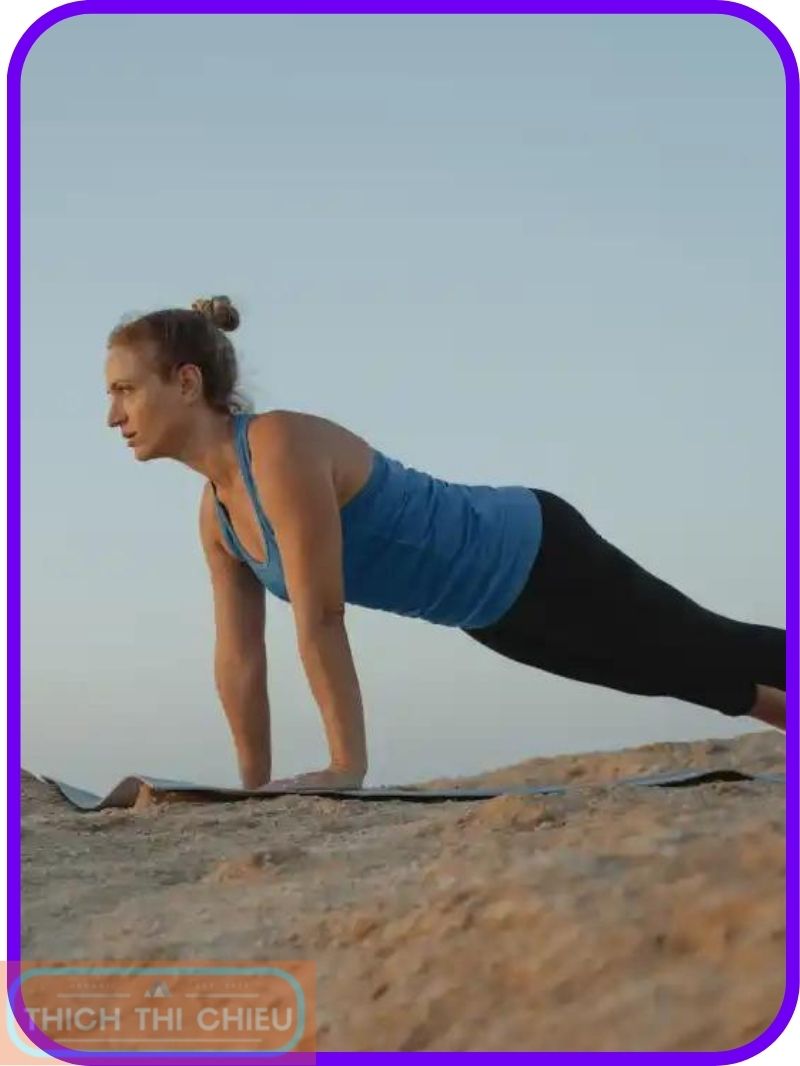
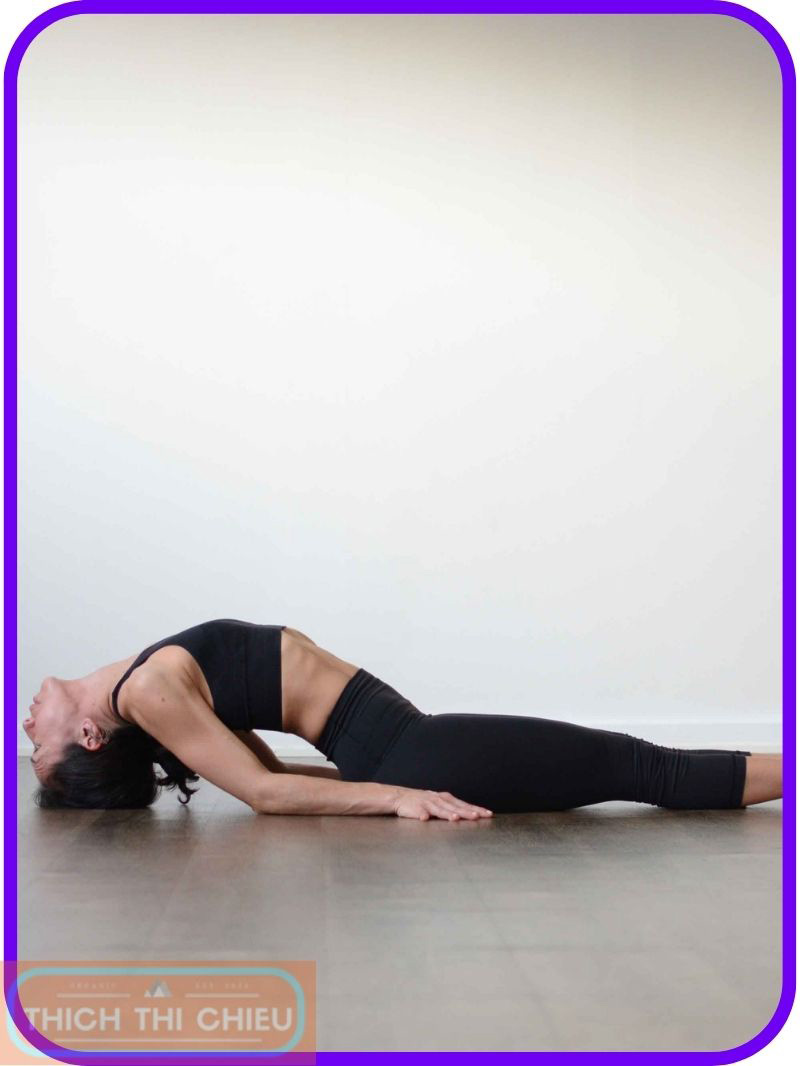
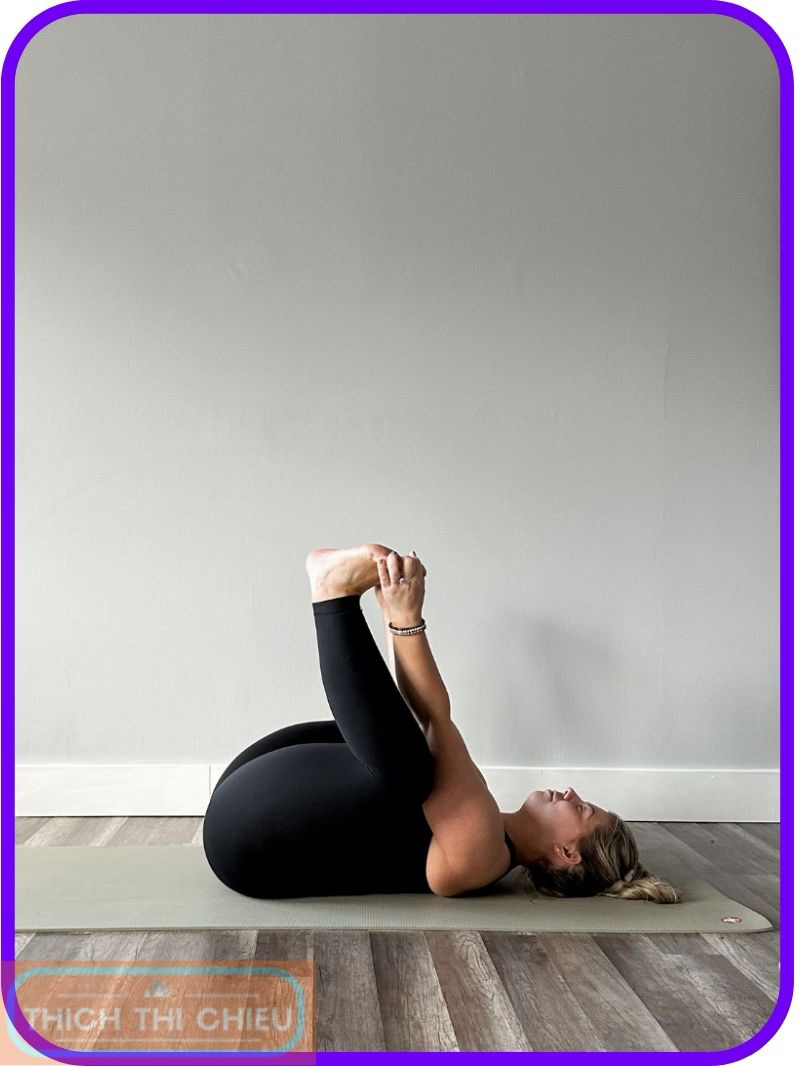
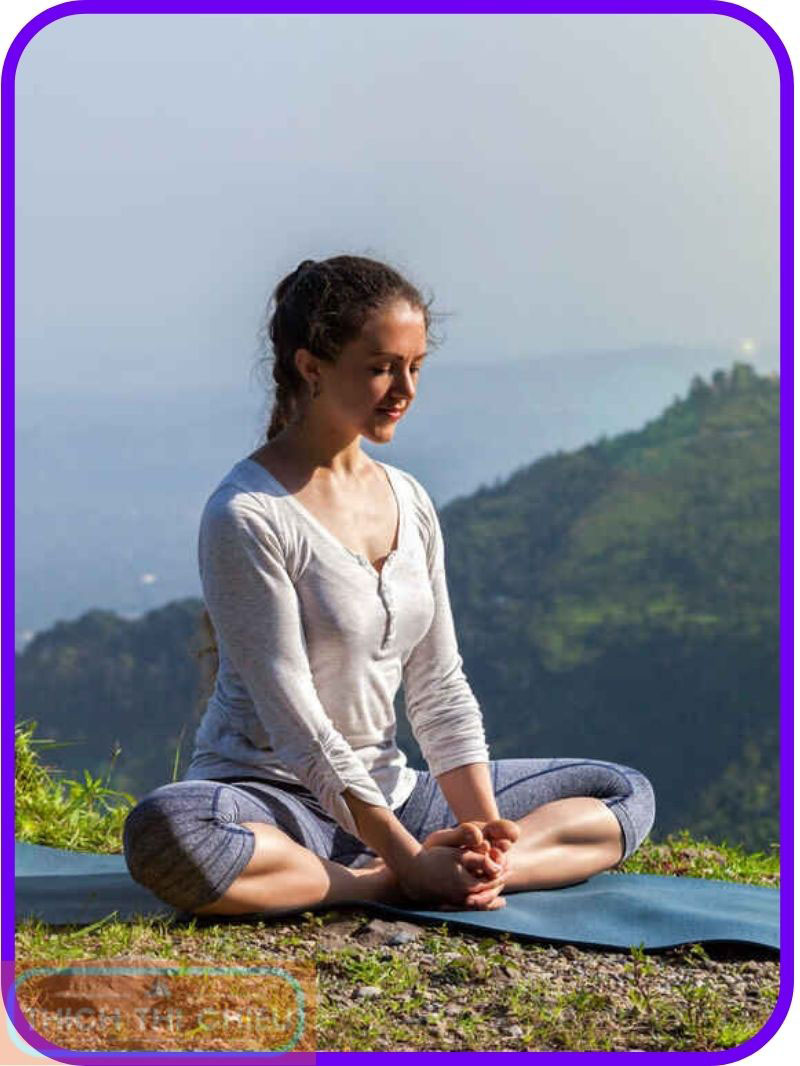
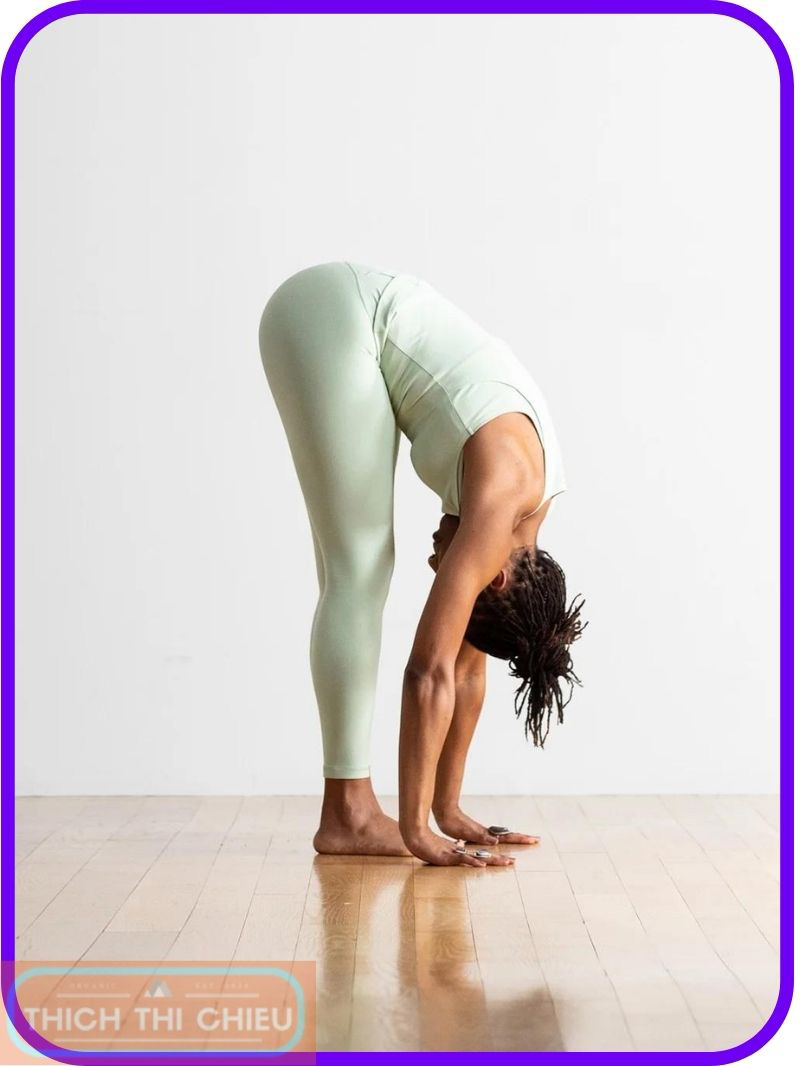
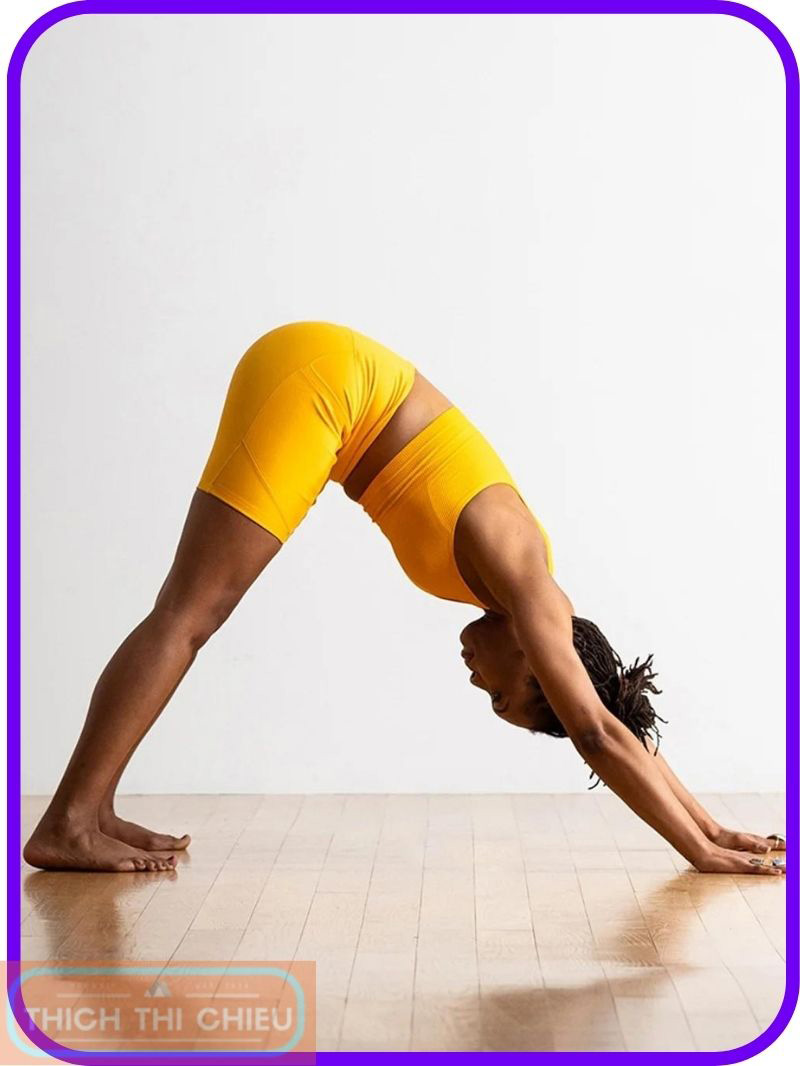





Leave a Reply